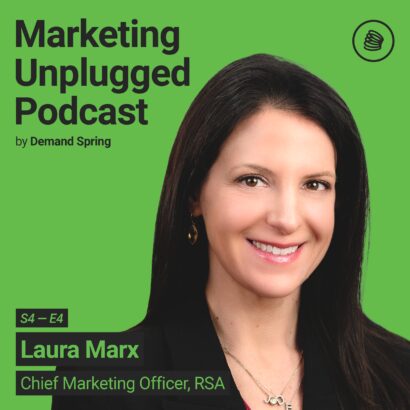With boosters now available and business inching toward some semblance of normal, should marketing communications change? And if so, how? What do companies need to consider when crafting their current campaigns? Behavioral science, which studies how people make decisions, offers three relevant insights.
#1 – Leverage Autonomy Bias
During the height of the pandemic, people felt a decided lack of control, and that feeling has not completely gone away. This is a problem, because humans have a deep-seated desire to exercise some agency over themselves and their circumstances. Behavioral scientists refer to this as Autonomy Bias. One thing that gives people a sense of control is having a choice. For this reason, marketers should offer two or three options instead of a single solution in their campaigns. In fact, pre-pandemic research indicates this technique can nearly quadruple the likelihood that someone will make a buying decision versus delaying it.
#2 – Be Cognitively Fluent
Cognitive fluency is another behavioral science concept that is especially applicable right now. Researchers have found that people prefer things that are easy to think about and easy to understand. For marketers, that can translate to avoiding acronyms, technical language, and industry jargon. And while it’s normally a good practice to create your marketing communications this way, it’s particularly important to be cognitively fluent during times like these, when people are more distracted and less focused than usual. Because of this, marketers need to make an extra effort to ensure their messages are easy to grasp. When they are, people feel more confident in their ability to make a decision about them. And that, of course, is what you want.
#3 – Appreciate Loss Aversion
Finally, prospective buyers may be feeling increasingly loss averse right now, given how much loss they’ve experienced over the last year and a half. This means anything that reassures them they are making a safe choice is a good idea. Guarantees, testimonials, even awards and accolades that your business has received can all help in this regard. What marketers want to do is remove any feeling of risk their prospective customers may feel. And remember, behavioral scientists have shown that people are nearly twice as motivated to avoid the pain of loss as they are to achieve the pleasure of gain, so emphasize the pain your prospects can avoid by choosing your product or service.
These are just a few of the cognitive biases and decision-making shortcuts that people automatically rely on. Factoring them into your marketing campaigns will make your messages more effective. And this is true whether your target market is emerging from a pandemic or has returned to business as usual.





